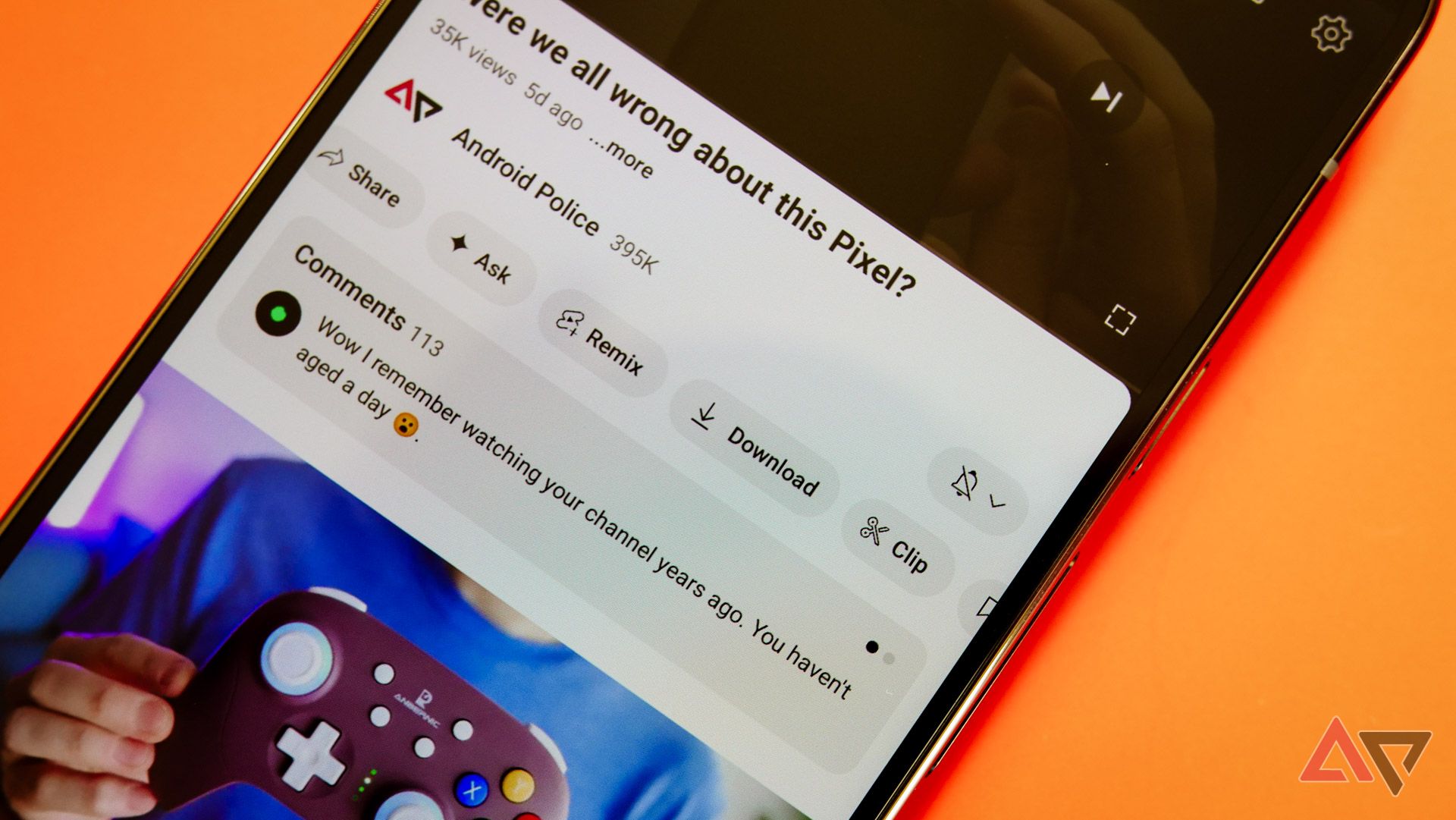
spotify now lets you kick individual songs Spotify has introduced a new feature that allows users to remove specific songs from their taste profile, enhancing the personalization of their listening experience.
spotify now lets you kick individual songs
The Challenge of Algorithmic Playlists
Music streaming services like Spotify have revolutionized how we consume music, offering vast libraries and personalized playlists. However, one common frustration among users has been the inability to control the algorithm that curates these playlists. Many have encountered the issue of unwanted songs appearing in their playlists, often due to the algorithm’s interpretation of listening habits. This problem is particularly pronounced when users find themselves subjected to tracks they do not enjoy, whether it be a child’s favorite song or an artist they dislike.
Previously, when users skipped tracks they did not want to hear, Spotify’s algorithm would still register these plays as interactions. This led to a paradox where the more users tried to avoid certain songs, the more likely they were to see similar tracks in their playlists. As a result, playlists like Discover Weekly, which are designed to introduce listeners to new music based on their preferences, often became cluttered with songs that users actively wished to avoid.
Introducing the New Feature
In response to user feedback, Spotify has rolled out a feature that allows listeners to remove specific songs from their taste profile. This significant update aims to give users more control over their music recommendations and improve the overall listening experience. By allowing users to “kick out” unwanted tracks, Spotify hopes to refine its algorithm and better align it with individual preferences.
How It Works
The process for removing songs from one’s taste profile is straightforward. Users can navigate to their playlists or the specific song they wish to remove. Once there, they can select the option to exclude that song from influencing their recommendations. This action will inform Spotify’s algorithm that the song is not representative of the user’s musical tastes, thereby reducing the likelihood of similar tracks appearing in future playlists.
This feature is expected to be particularly beneficial for users who share their accounts with family members or friends. For instance, a parent might find themselves inundated with children’s songs that they do not enjoy. With the new option, they can easily remove these tracks, leading to a more tailored listening experience.
Implications for User Experience
The introduction of this feature marks a significant shift in how Spotify approaches user preferences. By allowing users to actively curate their taste profiles, Spotify is acknowledging the importance of user agency in the streaming experience. This move could lead to increased user satisfaction and engagement, as listeners feel more empowered to shape their musical journeys.
Potential Impact on Discover Weekly
One of the most popular features on Spotify is the Discover Weekly playlist, which is updated every Monday with new music tailored to individual tastes. The ability to remove specific songs from the taste profile could have a profound impact on this feature. Users who previously found their Discover Weekly playlists cluttered with unwanted tracks may now find them more enjoyable and relevant. This could lead to higher engagement rates, as users are more likely to explore new music when the recommendations align with their actual preferences.
Feedback from Users
Initial reactions to the new feature have been largely positive. Many users have expressed relief at finally having the ability to control their listening experience more effectively. Social media platforms and music forums have seen discussions about how this feature could change the way users interact with the app. Some users have shared anecdotes about songs they plan to remove, highlighting the personal nature of music preferences.
However, there are also concerns regarding the long-term implications of this feature. Some users worry that by removing songs, they may inadvertently limit their exposure to new genres or artists they might eventually come to enjoy. Spotify will need to balance user preferences with the goal of introducing listeners to a diverse range of music.
Broader Context of Personalization in Streaming Services
The introduction of the song removal feature is part of a broader trend in the music streaming industry toward personalization. As competition among streaming services intensifies, platforms are increasingly focused on providing tailored experiences to retain subscribers. Companies like Apple Music, Amazon Music, and Tidal are also investing in personalization features to differentiate themselves in a crowded market.
Personalization has become a key selling point for streaming services, with algorithms designed to analyze user behavior and preferences. However, the challenge lies in ensuring that these algorithms do not become overly prescriptive, limiting users’ exposure to new music. The ability to remove specific songs from taste profiles represents a step toward a more user-centric approach, allowing for both personalization and discovery.
Future Developments
As Spotify continues to refine its algorithm and user experience, it is likely that we will see further developments in how users can interact with their playlists. The company has a history of rolling out features based on user feedback, and the song removal option is just one example of this iterative process. Future updates may include more granular controls, such as the ability to adjust the weight of certain genres or artists in recommendations.
Moreover, Spotify may explore ways to enhance the algorithm’s understanding of user preferences beyond simple song removals. For instance, incorporating user feedback on why a song was removed could provide valuable insights for the algorithm, allowing it to learn and adapt more effectively.
Stakeholder Reactions
Industry analysts have noted that Spotify’s new feature could set a precedent for other streaming services. By prioritizing user control, Spotify may push competitors to adopt similar features to retain their user bases. This could lead to a more competitive landscape where personalization becomes a critical factor in user retention and satisfaction.
Additionally, music artists and labels may also have mixed feelings about this development. While some may appreciate the potential for more accurate targeting of their music, others might worry that the ability to remove songs could limit their exposure to potential fans. The balance between user preferences and artist promotion will be an ongoing conversation in the industry.
Conclusion
Spotify’s new feature allowing users to remove specific songs from their taste profile represents a significant advancement in the quest for a more personalized listening experience. By empowering users to curate their playlists actively, Spotify is addressing a common pain point and enhancing user satisfaction. As the music streaming landscape continues to evolve, this feature could influence how other platforms approach personalization and user engagement. The implications of this development extend beyond individual users, potentially reshaping the dynamics between listeners, artists, and streaming services.
Source: Original report
Was this helpful?
Last Modified: October 2, 2025 at 6:39 am
0 views















